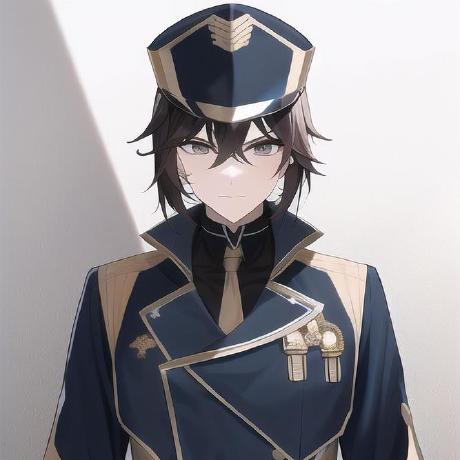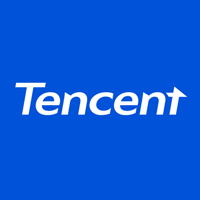Discover and explore top open-source AI tools and projects—updated daily.
stable-diffusion-webui-depthmap-script by  thygate
thygate
WebUI script for depth map creation and manipulation
Top 23.5% on SourcePulse
This addon for AUTOMATIC1111's Stable Diffusion WebUI generates high-resolution depth maps, normal maps, and 3D stereo image pairs from images. It targets users of Stable Diffusion WebUI and 3D content creators, enabling advanced image manipulation and 3D asset generation.
How It Works
The script leverages multiple state-of-the-art monocular depth estimation models, including Marigold, MiDaS, and ZoeDepth, to produce realistic depth maps. It employs multi-resolution merging (BoostingMonocularDepth) for enhanced detail and resolution. For 3D mesh generation, it utilizes Context-aware Layered Depth Inpainting, allowing for video rendering from the generated 3D scene.
Quick Start & Requirements
- Installation: Install as an extension within Stable Diffusion WebUI (Extensions tab -> Available -> Load from -> install Depth Maps) or from the URL:
https://github.com/thygate/stable-diffusion-webui-depthmap-script. - Dependencies: Requires Stable Diffusion WebUI. Models are downloaded automatically. GPU acceleration is supported and recommended for performance.
- Standalone: Clone the repo, install
requirements.txt, and runmain.py. - Documentation: Wiki
Highlighted Details
- Supports depth map generation using Marigold, MiDaS (multiple variants), ZoeDepth, and LeReS.
- Enables creation of 3D stereo image pairs (side-by-side, anaglyph) and normal maps.
- Integrates with Rembg for background removal and supports video processing.
- Generates 3D meshes using 3D-Photo-Inpainting for video rendering.
Maintenance & Community
- Actively developed with contributions from multiple users.
- Community interaction via GitHub Issues and Discussions.
Licensing & Compatibility
- The repository does not explicitly state a license in the README. Users should verify licensing for underlying models and code.
Limitations & Caveats
- Stereoscopic image generation is CPU-bound.
- 3D mesh generation can be time-consuming, potentially taking up to an hour for large images.
- The README mentions potential VRAM usage issues with certain models and the "Boost" feature, recommending parameter adjustments for lower VRAM GPUs.
1 year ago
Inactive

 limuloo
limuloo liruilong940607
liruilong940607 vision-x-nyu
vision-x-nyu video2game
video2game weixi-feng
weixi-feng KovenYu
KovenYu OedoSoldier
OedoSoldier Tencent
Tencent eps696
eps696 MrForExample
MrForExample carson-katri
carson-katri